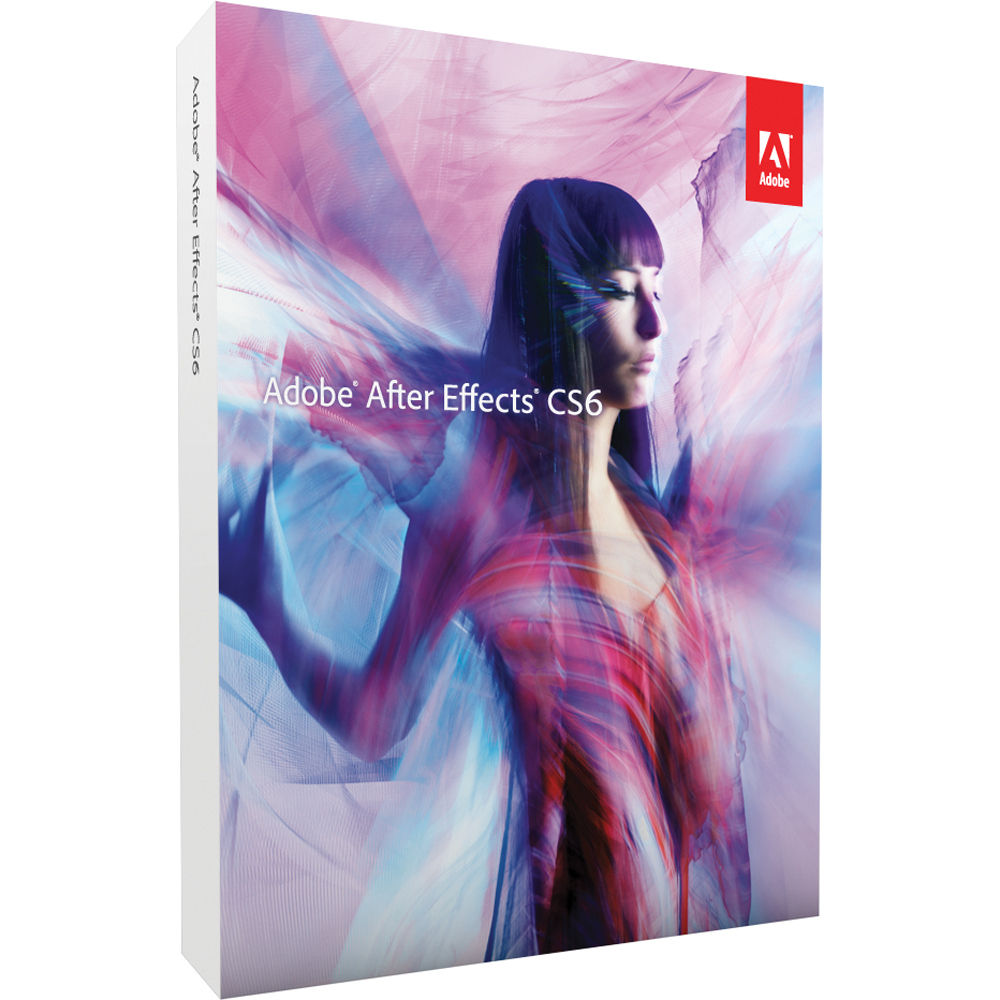

In a visual effects context, however, if your main composition has more than 20 or so layers, you’re not precomping effectively, making work way less efficient overall. Motion graphics comps can involve the animation and coordination of hundreds of animated elements. Yet precomping is both an effective way to organize the timeline and a key to problem solving and optimization in After Effects. Artists may sometimes let a composition become unwieldy, with dozens of layers, rather than bite the bullet and send a set of those layers into a precomp. Precomping is often regarded as the major downside of working in After Effects, because vital information is hidden from the current comp’s timeline in a nested comp. Closely related to this is composition nesting, the act of placing one already created composition inside of another.

Precomping is the action of selecting a set of layers in a master composition and assigning it to a new subcomp, which becomes a layer in the master comp. These tips are especially useful if you’re someone who understands compositing but sometimes finds After Effects disorienting.
ADOBE CS6 AFTER EFFECTS LONGER TIMELINE HOW TO
ADOBE CS6 AFTER EFFECTS LONGER TIMELINE UPGRADE
This chapter helps you both artistically and technically (as if it’s possible to separate the two).Īfter Effects CS6 received the most substantial performance increase of any single upgrade thanks to Global Performance Cache, a scheme to preserve more individual render data indefinitely, not just when it’s buffered into the RAM cache. At other times, you’re more like a programmer, isolating and debugging elements of a project, even creating controlled tests to figure out how things are working. Sometimes you take the attitude of a master chef-you know what can be prepped and considered “done” before the guests are in the restaurant and it’s time to cook the meal.


 0 kommentar(er)
0 kommentar(er)
